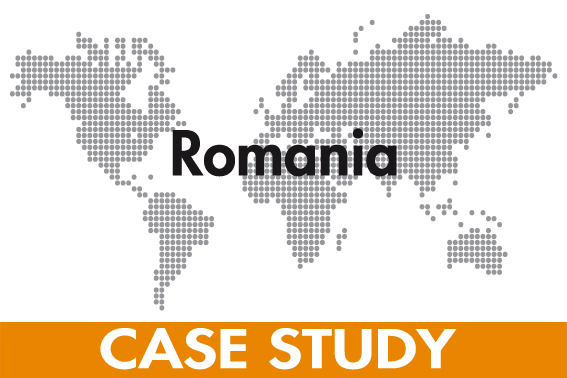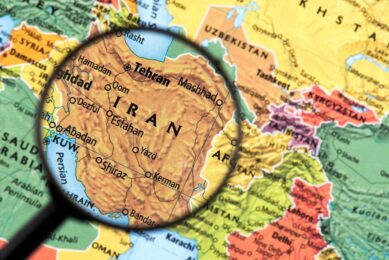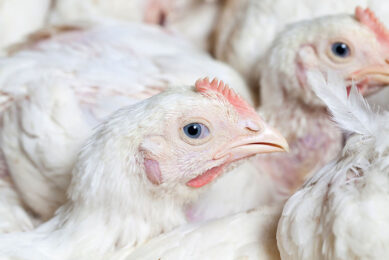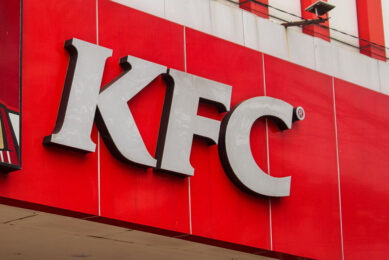Case Study: Investment supports Romanian poultry growth

The Romanian poultry sector has developed well over the past few years, proving to be one of the most dynamic livestock segments in the country. But how does the sector fare in comparison to its other European counterparts?
In terms of poultry production concentration there are 10 poultry farms which produced about 60% of total poultry production in 2014, according to data published by the Poultry Producers Association. These are vertically integrated poultry producers (feeding to reproduction, with slaughterhouses and processing units), with output ranging from 11,000 MT/year to 58,000 MT/year.
Investment in poultry sector
That the sector is progressing positively has not only been noticed by domestic investors, but also by foreign investors. Very recently, the Indian company IBS Synergies announced its intention to invest US $150 million in Romania’s poultry sector for an integrated greenfield project, which would include a hatchery, a feed-compound production plant and a slaughterhouse.
The largest share of poultry meat produced is sold as fresh/chilled meat on the market, with investments in cutting lines and packaging technologies helping producers to ensure hygiene standards and extend product shelf-life. Large poultry operations market a sizeable volume through modern retail outlets, while a few developed independent store chains. As a result of this domestic production expansion, the poultry meat trade deficit shrank, exports almost matching the import level. Nevertheless, Russian trade restrictions imposed in August 2014 diverted a considerable amount of poultry meat towards Romania, negatively affecting broiler production and exports.
EU oversupply forces increased poultry imports
There was a positive influence on domestic consumption though, as competition strengthened and added more pressure on prices. In 2014 poultry meat imports grew by 31% due to this oversupply of meat held by the major EU producers as a result of the Russian ban on EU food products. Netherlands, Germany and Poland became the main suppliers to the Romanian market, with an impact on Hungary’s share, a traditional supplier. Non-EU import share of the Romanian market has fallen over the past years, from 15% in 2010 to 5.5% in 2014 and only 3.8% in 2015 (first 8 months). Brazil remains the main supplier from outside European Union. The large share of imports remains in the form of frozen cuts (74% in 2014).
Although Romania was not directly affected by the Russian food import ban since it was not certified for poultry exports to Russian Federation, exports plummeted in 2014 as a result of difficulties in maintaining markets or finding new outlets. The major destinations for local poultry meat, mainly consisting of cuts, almost equally distributed between fresh/chilled and frozen, are the United Kingdom, Bulgaria, the Netherlands and Hungary.
Outlook for poultry sector
Estimates suggest that poultry production is likely to continue on an upward trend, but at a slower rate. In terms of trade, imports are expected to stagnate, while exports are set to improve in 2015.
Investment in feeding practices, animal welfare standards and management at farm level, along with observing strict rules regarding hygiene and packaging at the slaughterhouse level, have allowed, and will continue to allow, producers to increase efficiency and develop consistently.

Reasonable feeding prices as a result of abundant grains supply, especially in 2013 and 2014, represented another factor which stimulated poultry farms to continue developing. In terms of productivity, average daily weight gain grew from 53.81 grams in 2010 to 54.76 grams in 2015 (first six months), average feed consumption declined from 1.853 kg feed/kg of meat in 2010 to 1.731 kg feed/kg of meat in 2015, while mortality percentage dropped from 3.64% in 2010 to 2.3% in 2015.
Source: USDA













